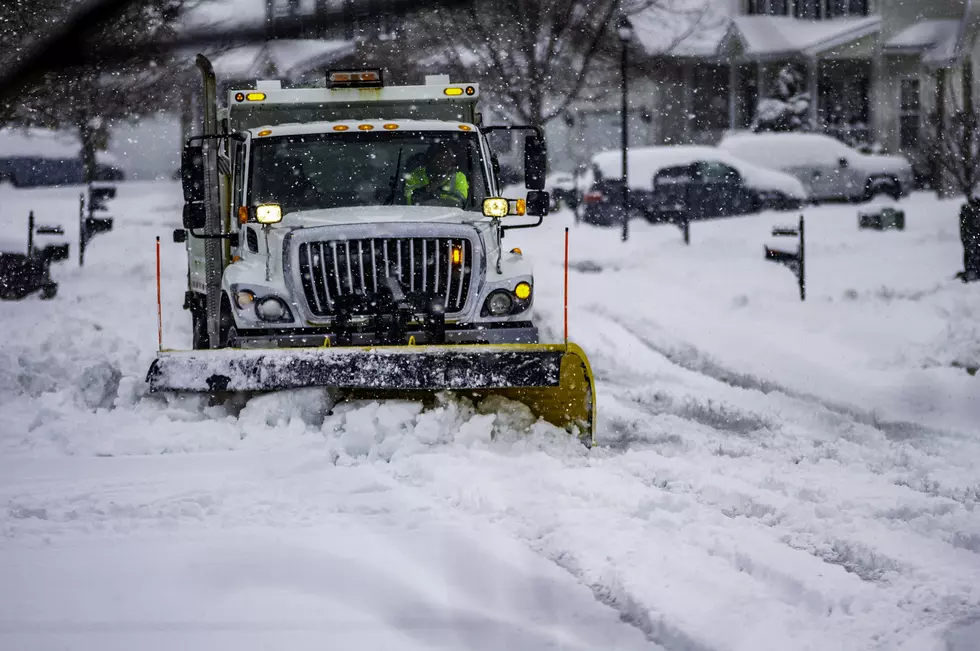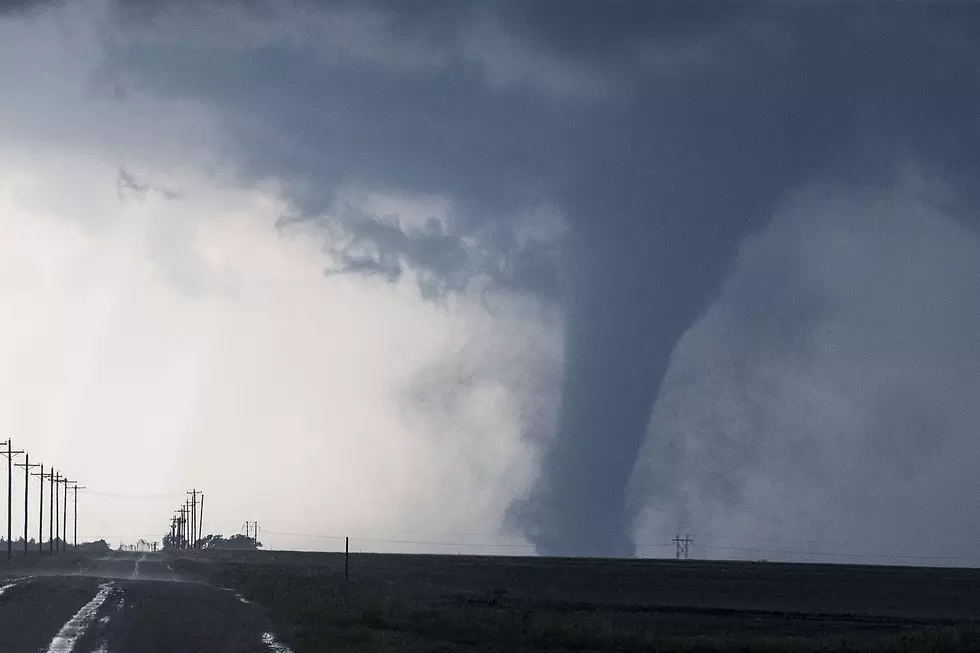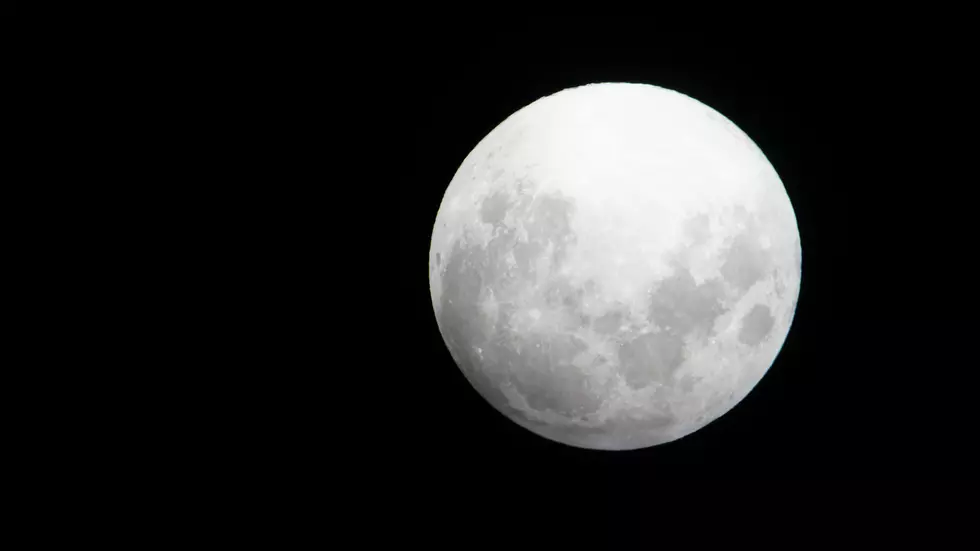
Farmers’ Almanac: Frosty Flip-Flop Winter on Tap
According to the Farmers' Almanac, winter is going to be a season of flip-flop conditions with notable polar coaster swings in temperatures.
"Our long-range forecast is predicting mere normal amounts of the white stuff this year from coast to coast," said Managing Editor Sandi Duncan. "Maybe not enough for some of you die-hard snow fans, but definitely too much for those of you who prefer the beach over the mountains."
But average snow doesn't necessarily mean average cold temperatures. Duncan says the central portion of the U.S. will be cold with many below-normal winter temperatures.
"January is forecast to start out mild for most of the country, but then trend towards colder conditions during the middle to the latter part of the month," said Duncan. "January will also be a stormy month, especially along the eastern seaboard."
"A blizzard could also make travel conditions difficult for the north-central states from Jan. 20-23," she added.
Duncan says February will be a quieter month in terms of storminess, and March will be the manifestation of the flip-flop winter with plenty of stretches of uneventful weather and large doses of stormy precipitation.
LOOK: The most expensive weather and climate disasters in recent decades
More From 106.3 NOW FM









